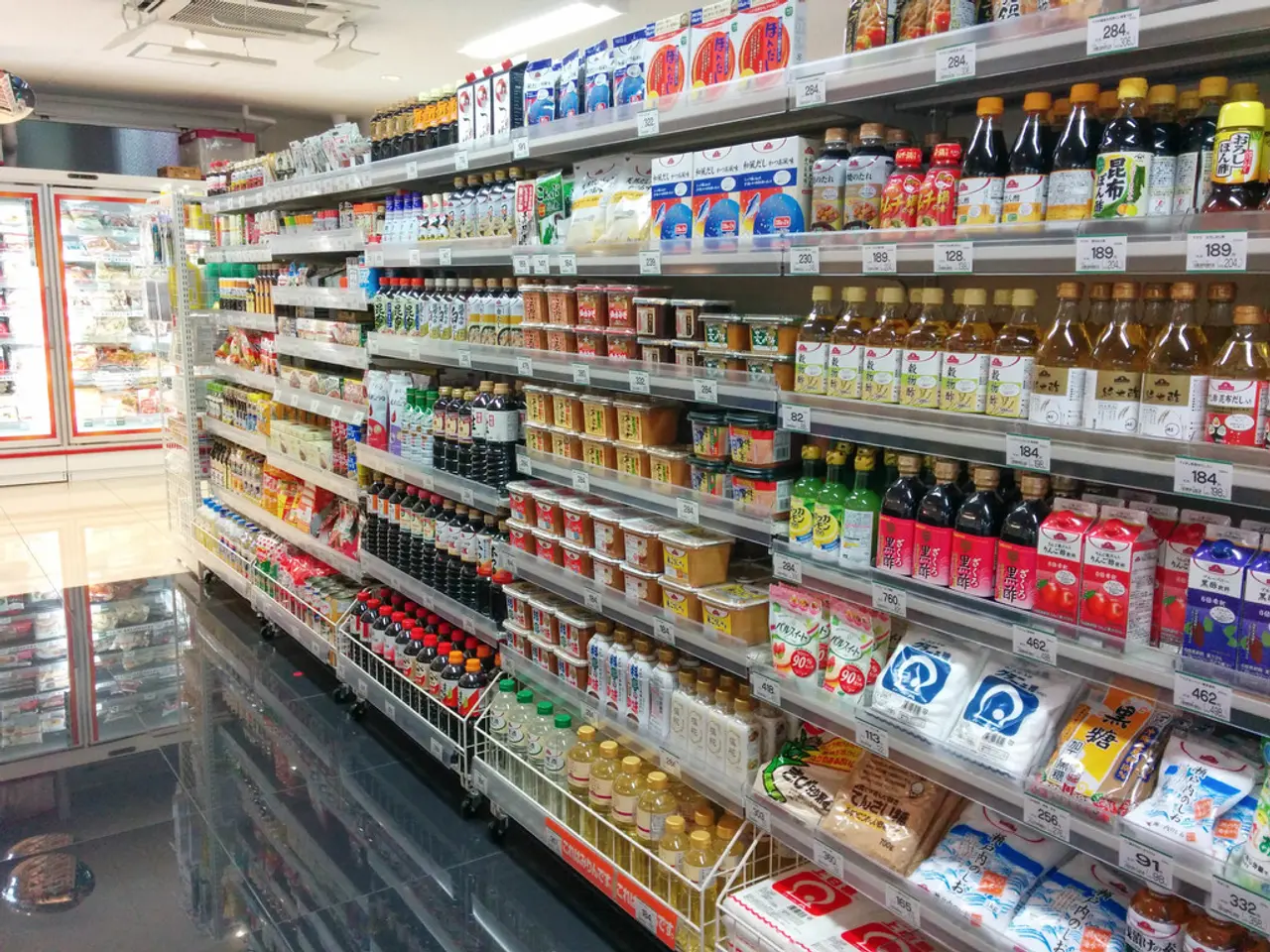Imports offering lower prices for consumers?
In the traditional view, trade in the US is seen as a means to lower the cost of imports, benefiting consumers. However, a reexamination of this perspective is necessary. The primary goal of trade in the US should not be to lower the price of imports, but to boost domestic production and productivity growth for sustainable long-term prosperity.
A trade deficit is not inherently harmful, especially in a rapidly growing developing economy with strong investment opportunities. In the context of such an economy, a trade deficit can reflect strength. Nevertheless, for the US to improve long-term prosperity, it's crucial to recognize that trade boosts domestic welfare and consumption by boosting domestic production.
International trade generally increases consumer welfare in the US by providing cheaper goods and lowering component costs. However, an excessive emphasis on cheap imports can have detrimental effects on domestic manufacturing. This over-reliance may depress the domestic manufacturing sector, disincentivize local production and investment, and lead to production declines in vulnerable sectors.
Tariffs intended to boost domestic production often backfire, increasing input costs for manufacturers reliant on imported intermediate goods. This undermines their competitiveness and profitability instead of supporting domestic jobs. Over-reliance on cheap imports may also create supply chain vulnerabilities and increase uncertainty, as tariffs and trade policy volatility lead companies to delay investment or reduce operations.
Consumer welfare could also be indirectly affected if domestic industries contract significantly, reducing innovation, wages, and economic diversity. There is evidence that tariff policies, particularly high tariffs on items like apparel, can raise retail costs and shrink the variety of ultra-cheap products, potentially threatening discount-focused brands.
In summary, while international trade generally increases consumer welfare in the US by providing cheaper goods and lowering component costs, excessive emphasis on cheap imports risks undermining domestic manufacturing, raising costs via tariffs, and creating economic uncertainty that can hurt both domestic production and long-term consumer welfare.
The writer, a senior fellow of the Carnegie Endowment for International Peace, emphasizes that the goal of trade policy should not be to maximize cheap imports, but to maximize domestic production and productivity growth, and ensure that the fruits of that productivity growth are broadly distributed. The US economy has historically shifted from manufacturing to services due to weak demand in countries with industrial policies boosting their shares of global manufacturing.
For decades, the belief has been that low-priced imports benefit Americans by stretching paychecks and raising living standards. However, foreign capital inflows do not necessarily increase domestic investment in the US, as American businesses hold record amounts of cash and have spent trillions on stock buybacks, dividend payments, acquisitions, and the transfer of production facilities abroad. Instead of paying for imports with goods and services produced domestically, the US pays by transferring ownership of stocks, bonds, factories, real estate, and other American assets.
In the 19th Century, the US economy was characterized by a trade deficit as it built new infrastructure and expanded production. The persistent American deficits in the 21st Century cause American debt to rise, productive sectors like manufacturing to decline as a share of the American economy, income inequality to rise, and growth in the economy to become more dependent on asset bubbles. Trade policies should be structured to support production and ensure that the benefits of trade are broadly distributed, rather than accommodating global trade and savings imbalances.
Read also:
- Unchecked Management of HP Dams Leads to Environmental Disaster: RTI Reveals
- Impact of Trump's Enforced Russia Sanctions Could Compel Putin's Decision-Making
- Nordstrom taps prominent New York residents for their second advertising campaign in the city.
- Harnessing Magnetism's Potential: Revolutionizing Energy Production for a World Transformed







